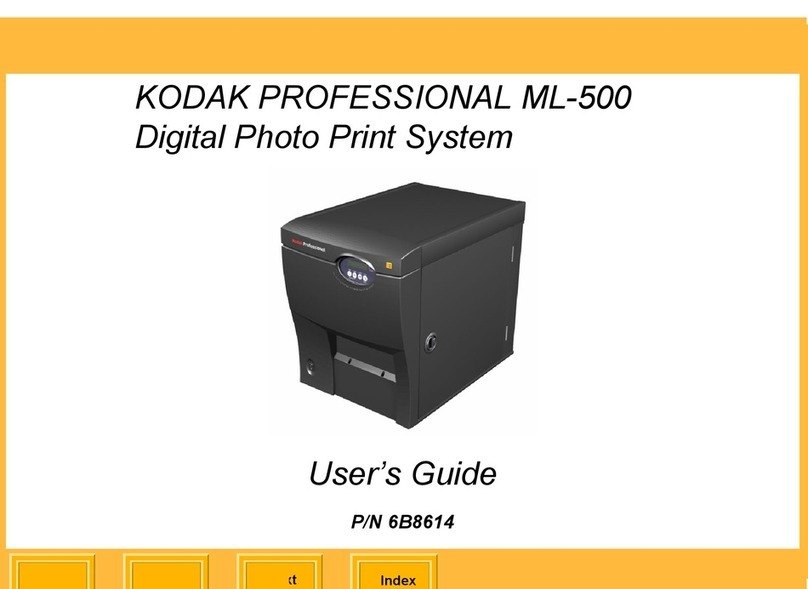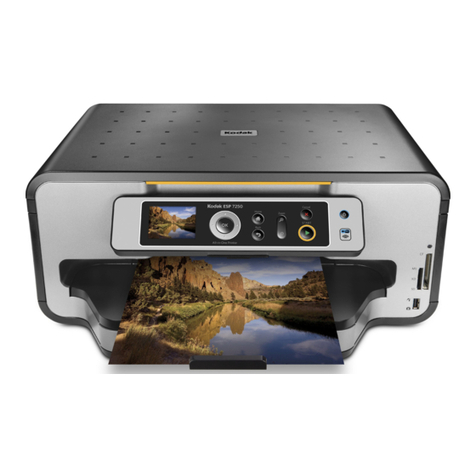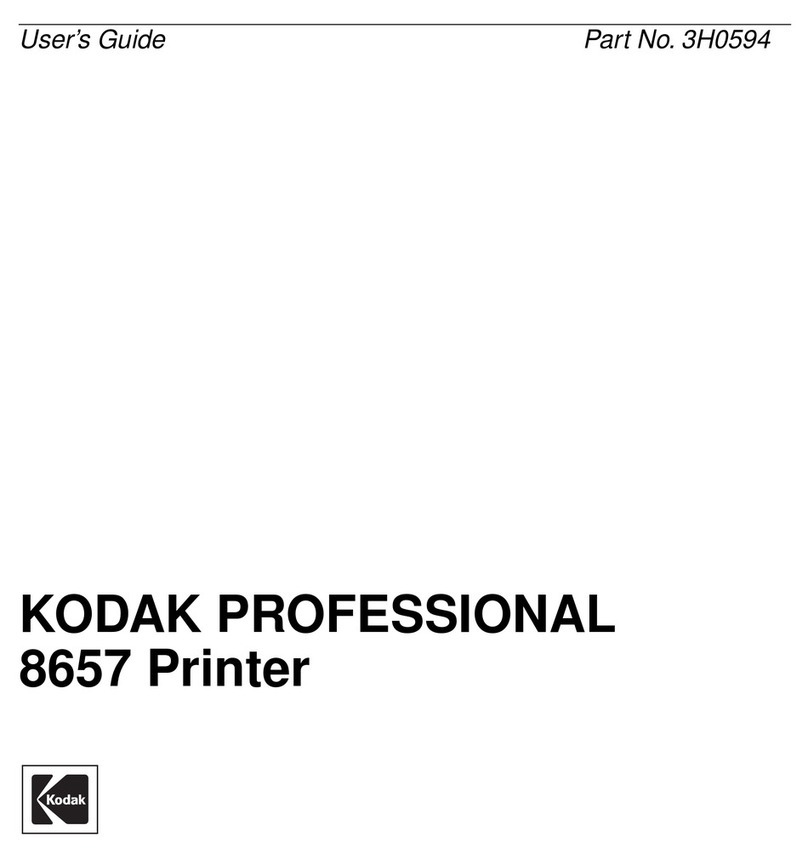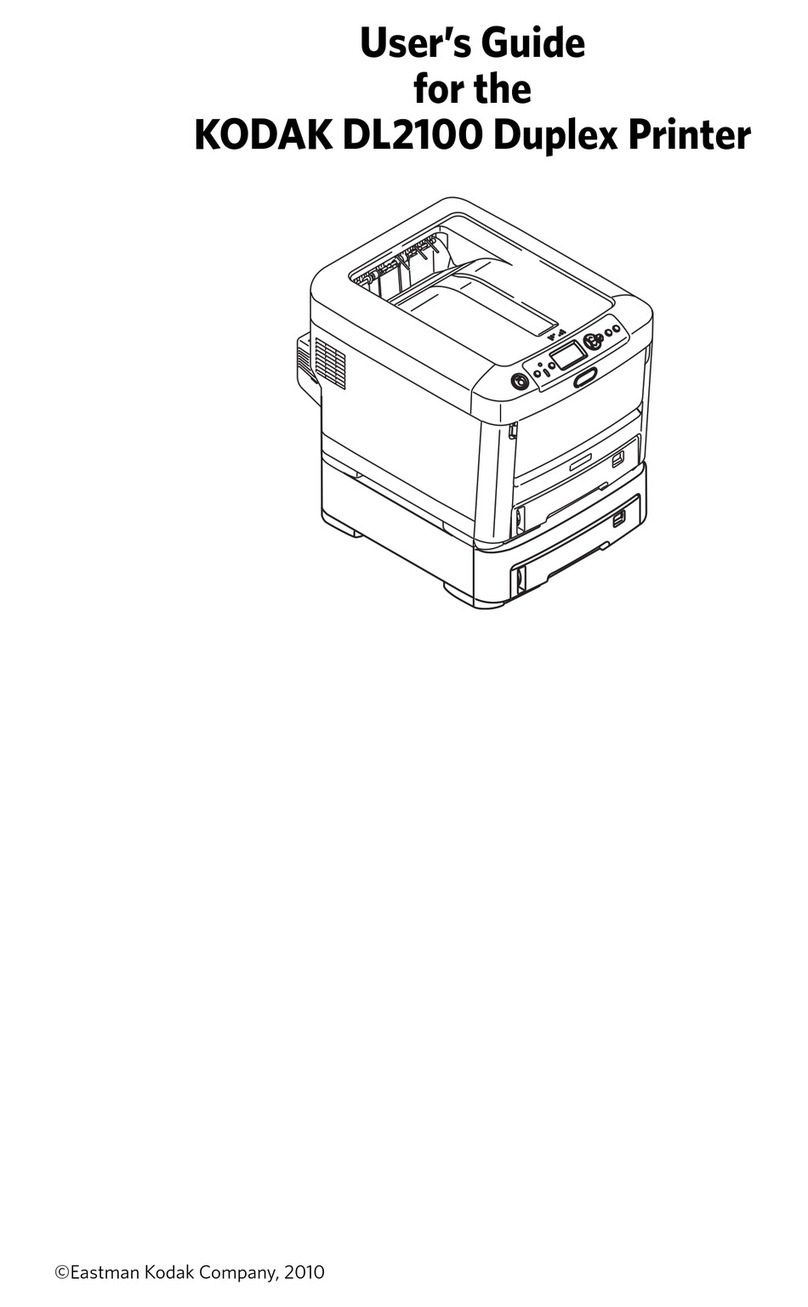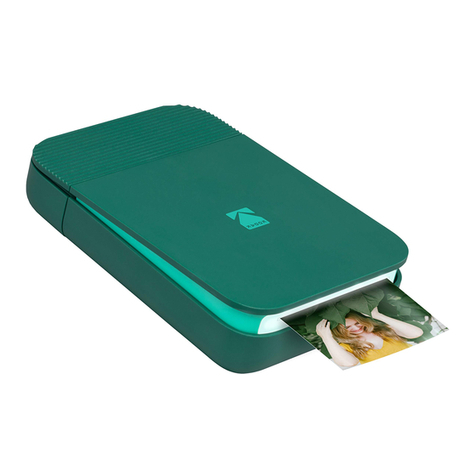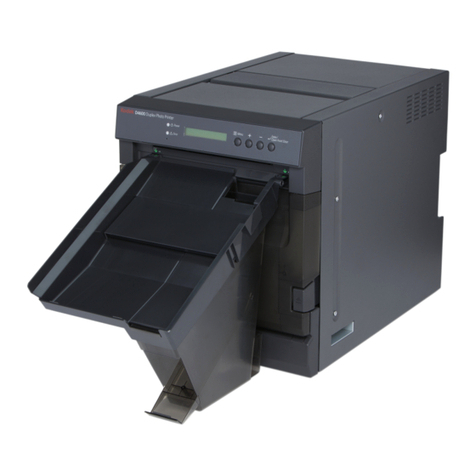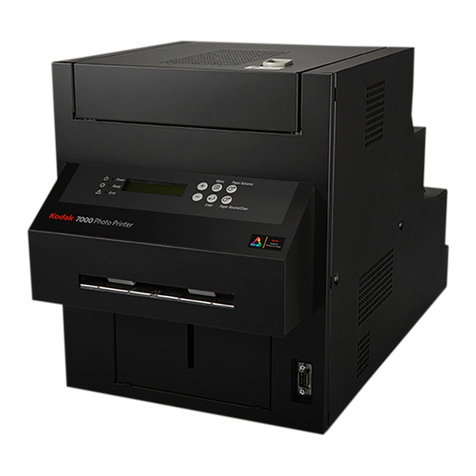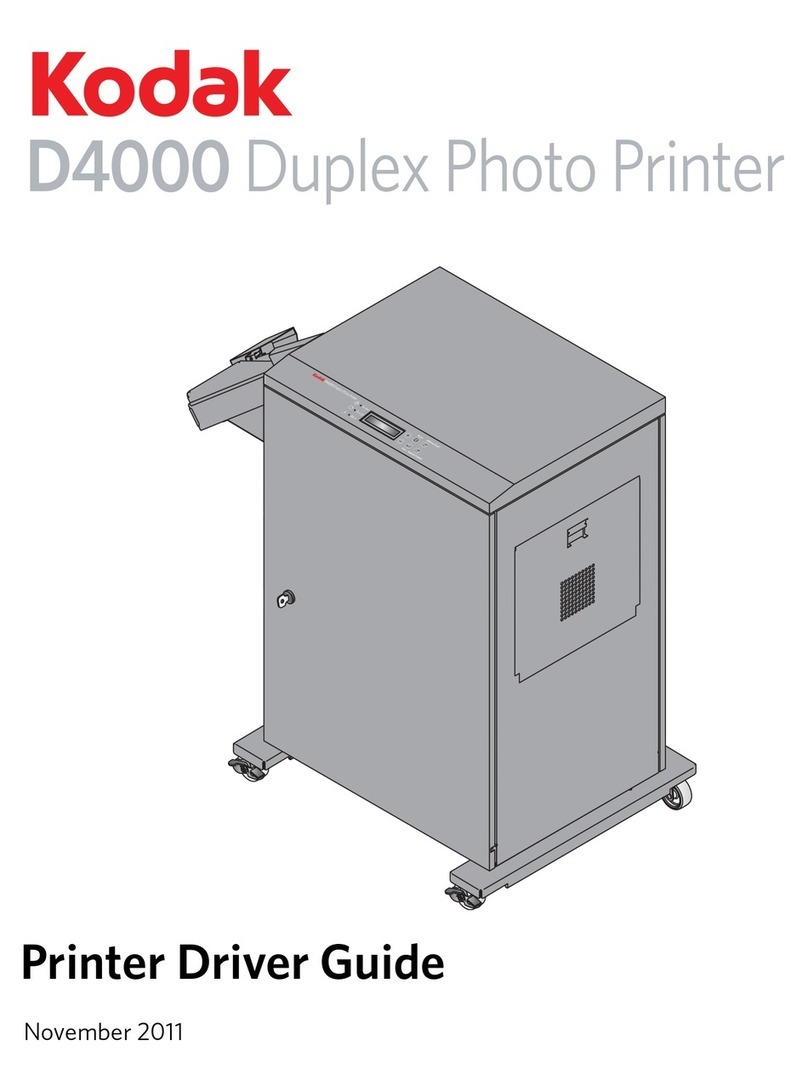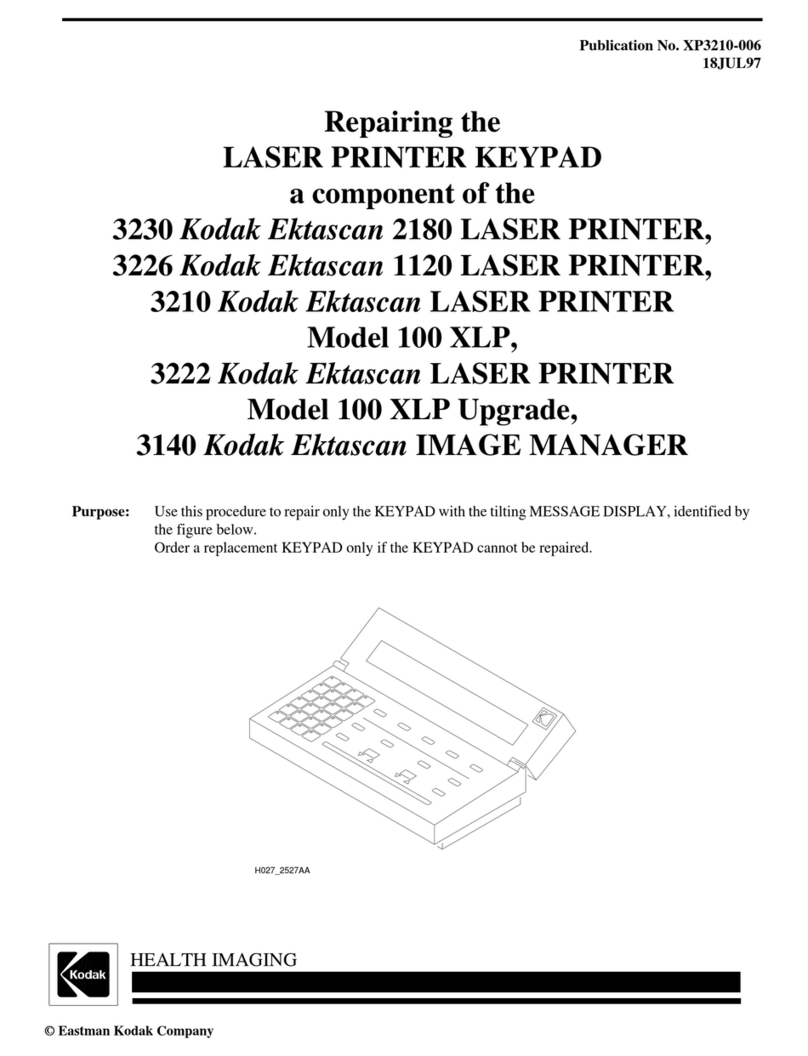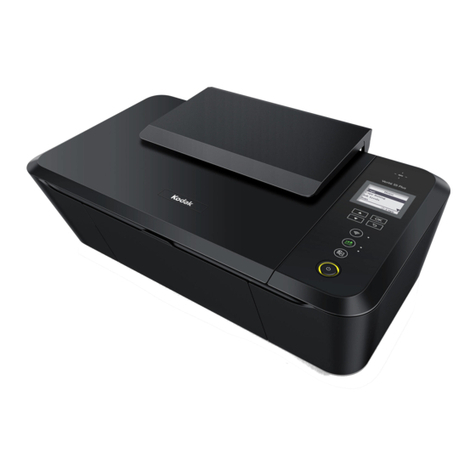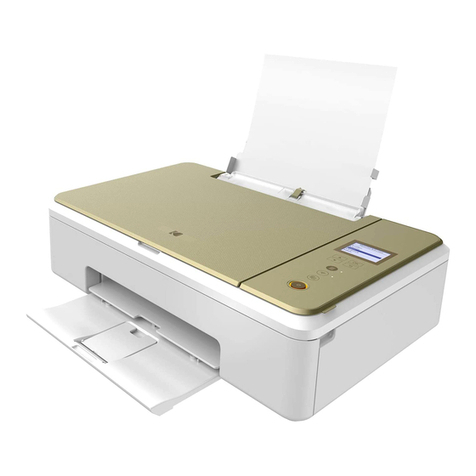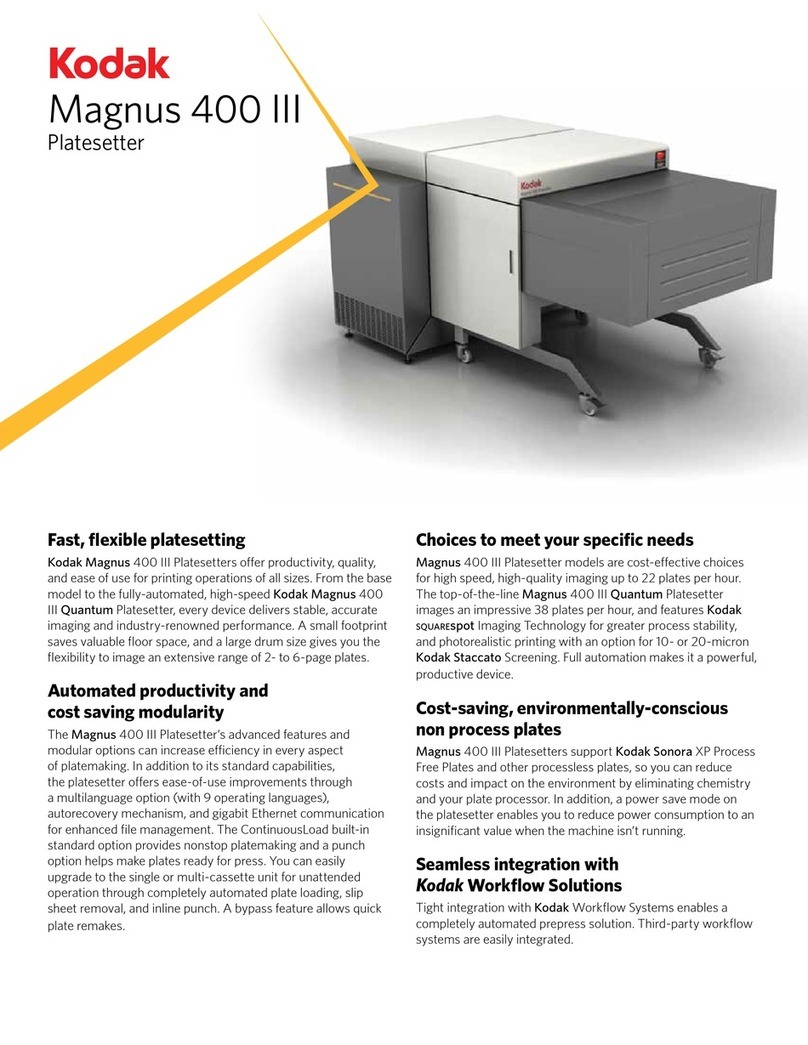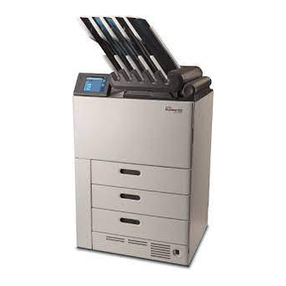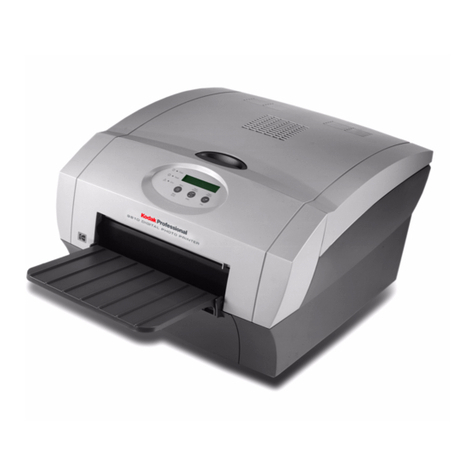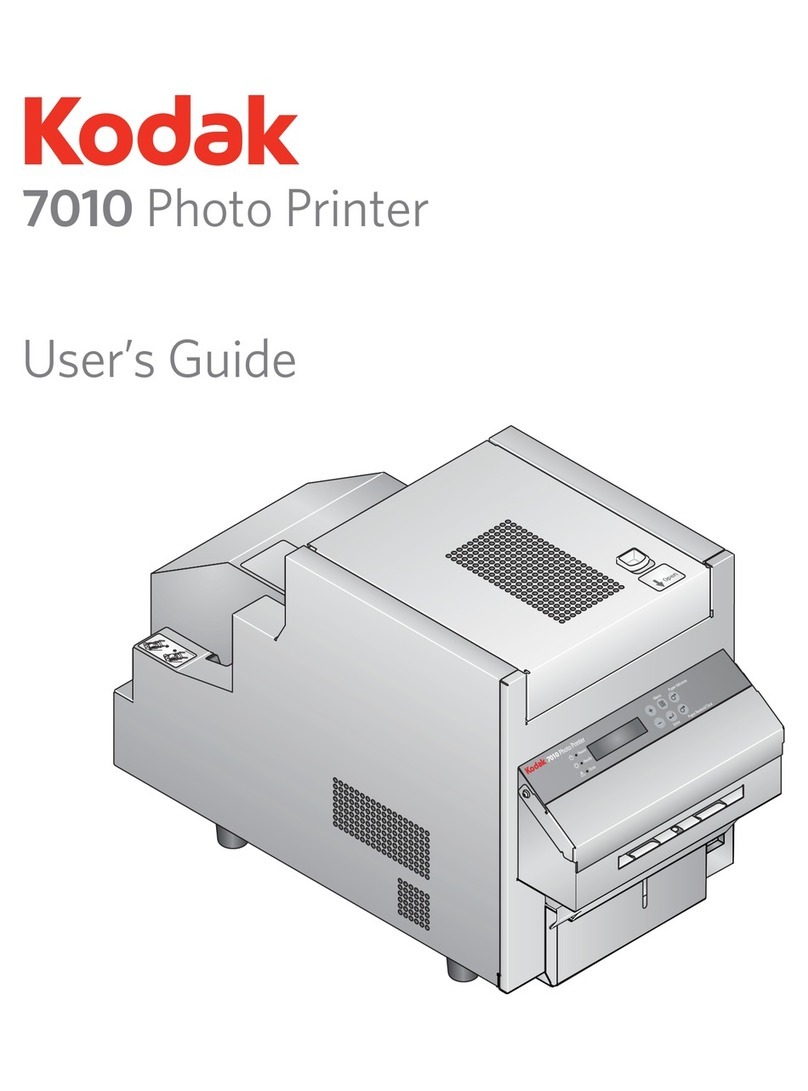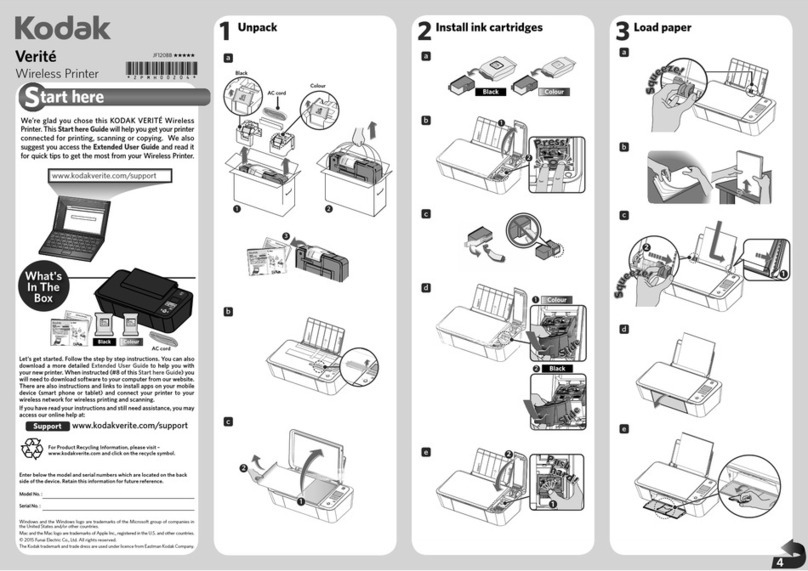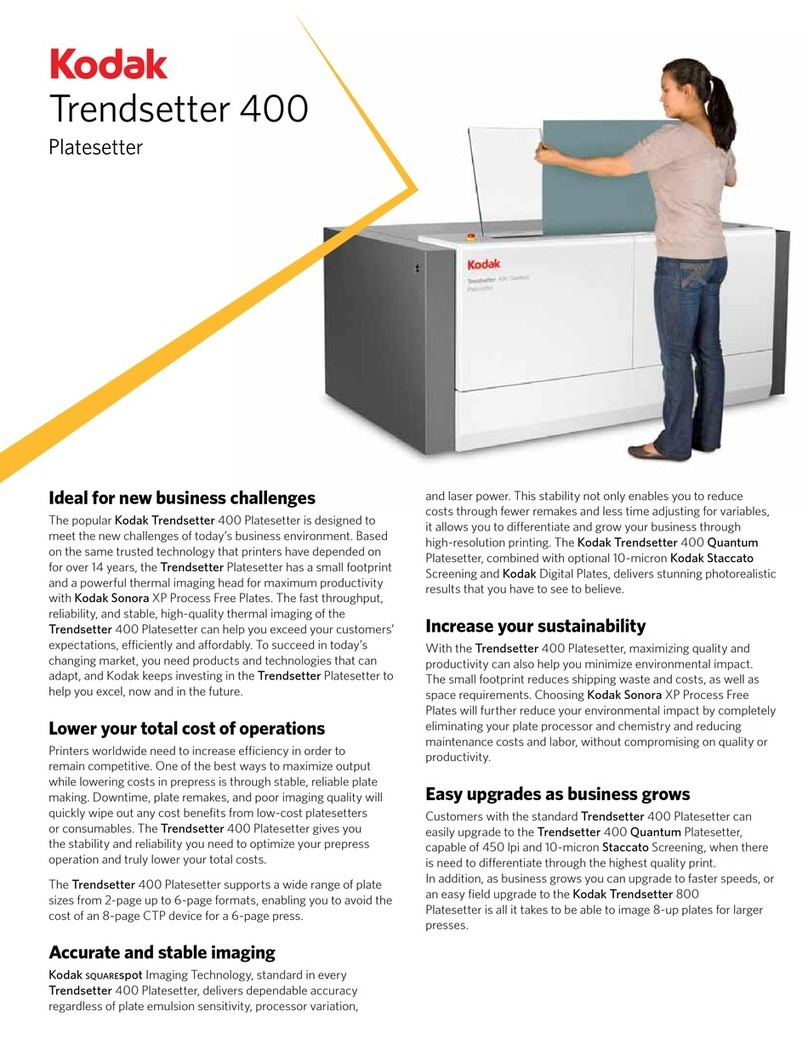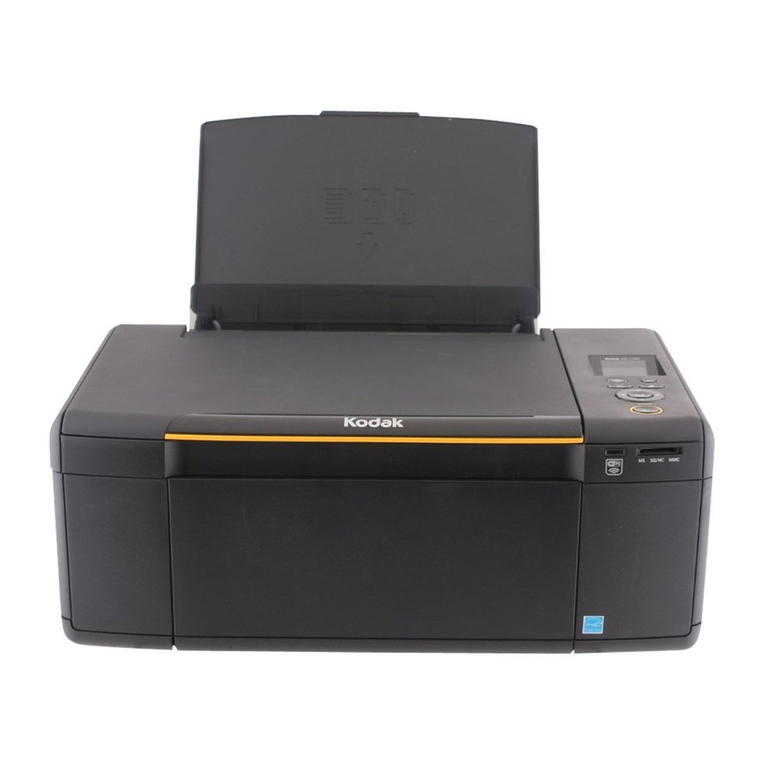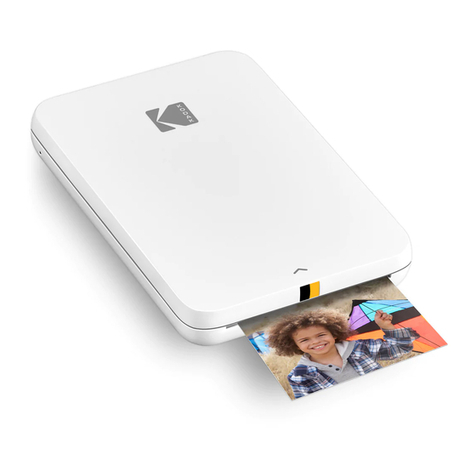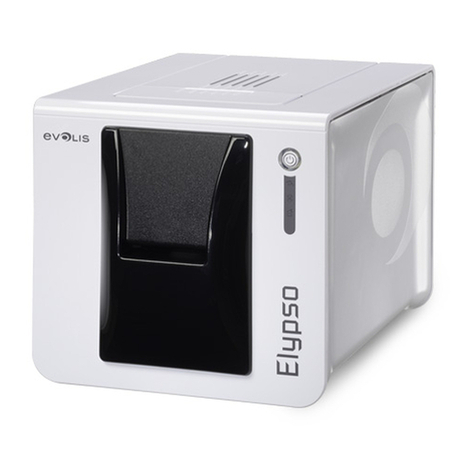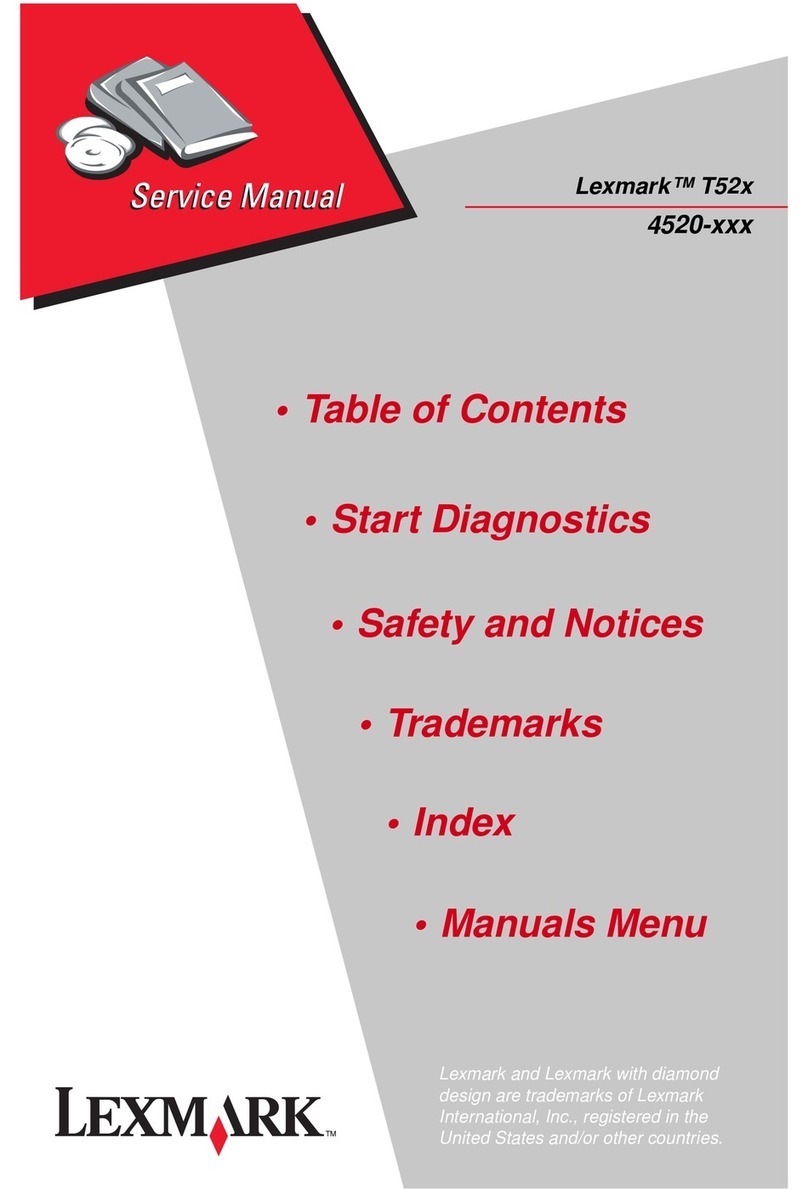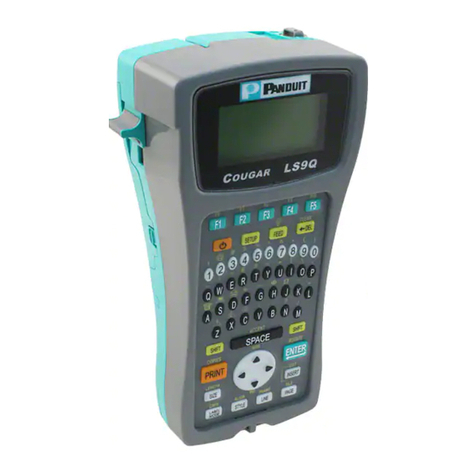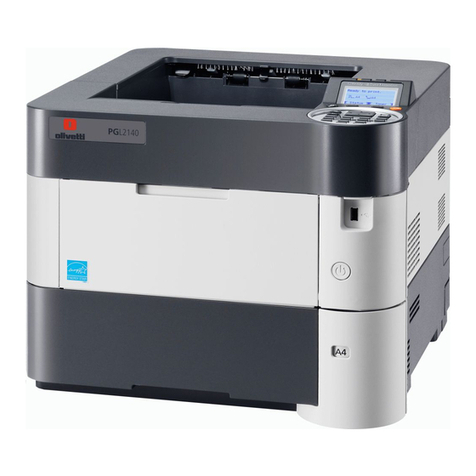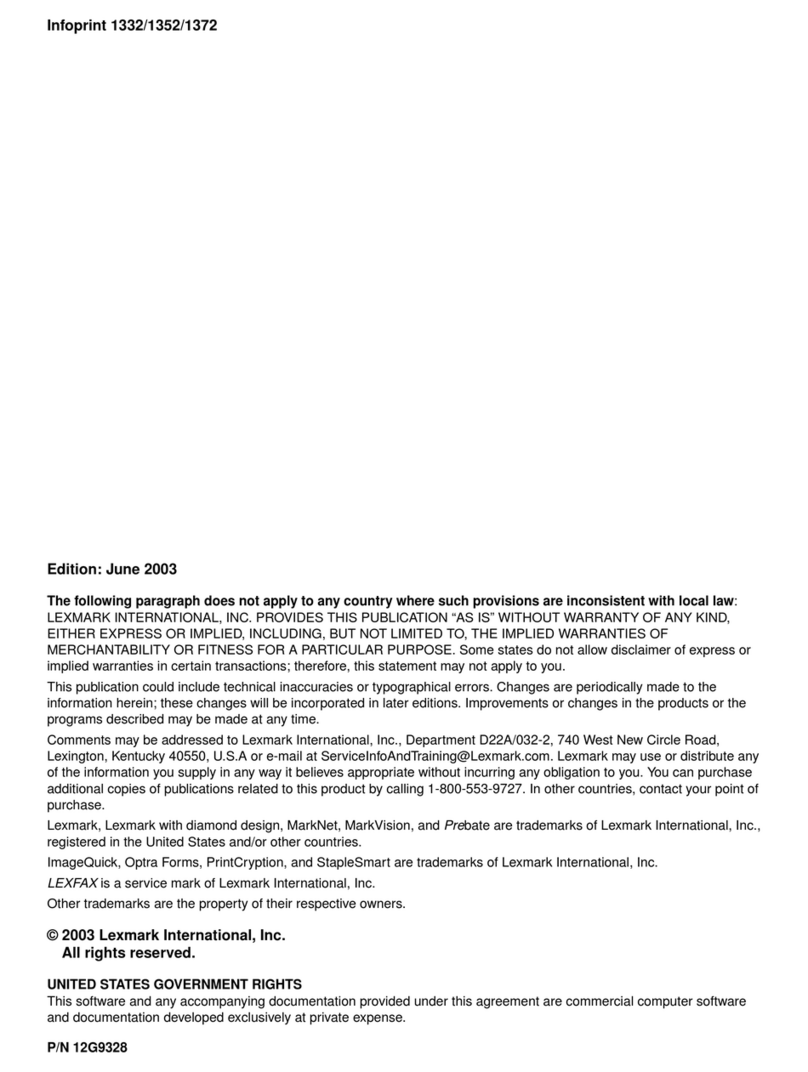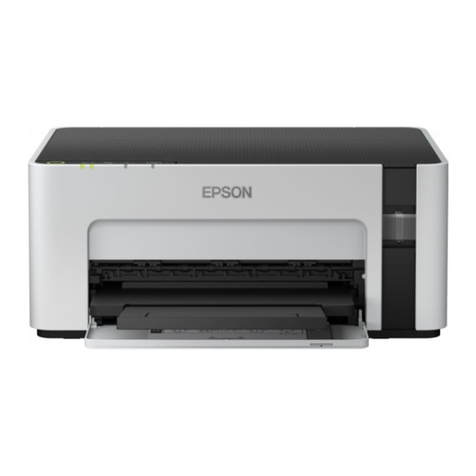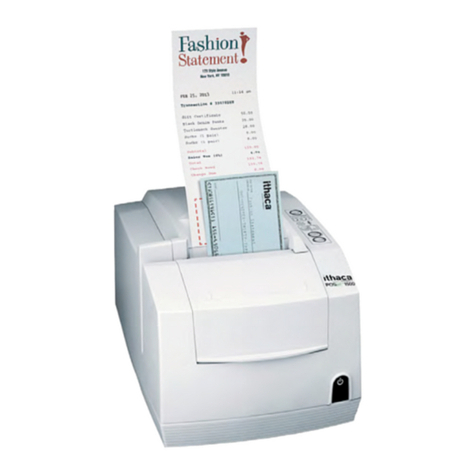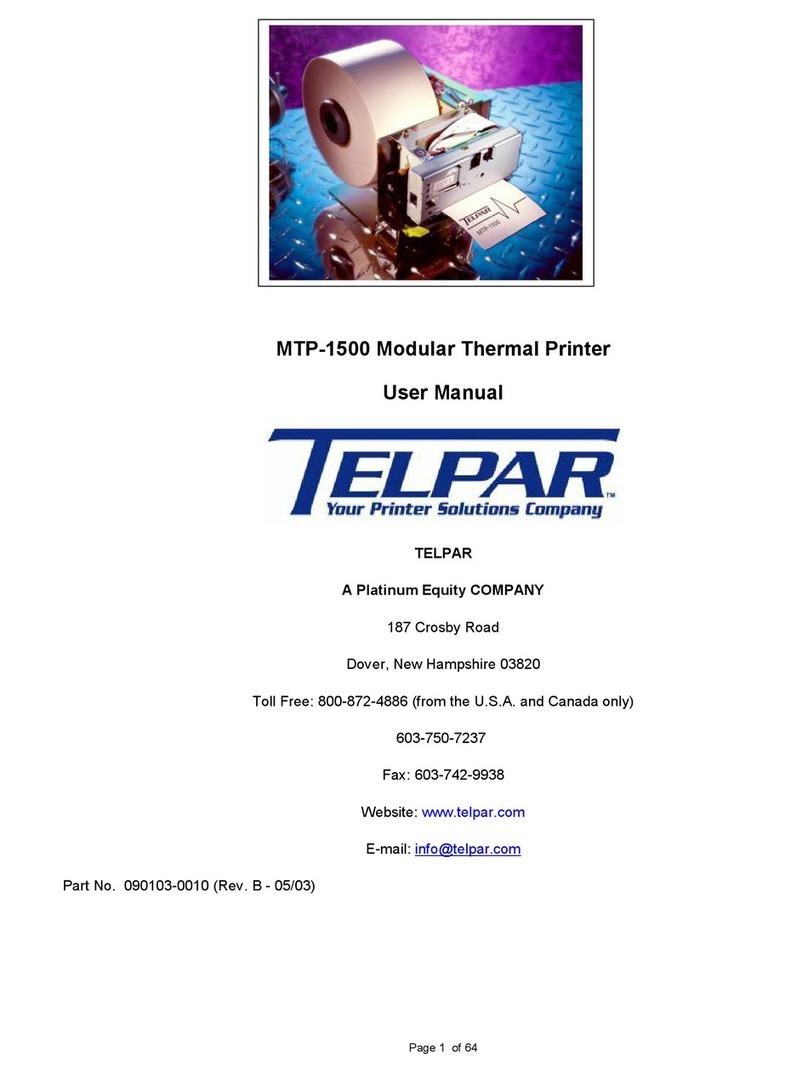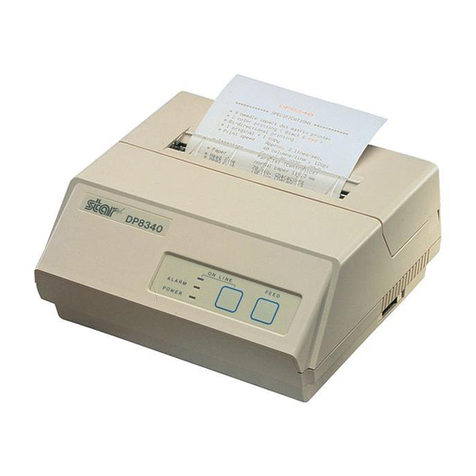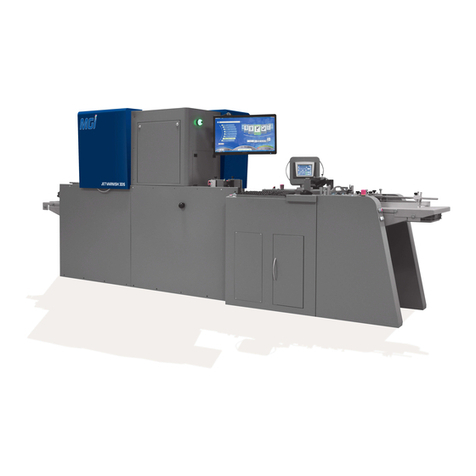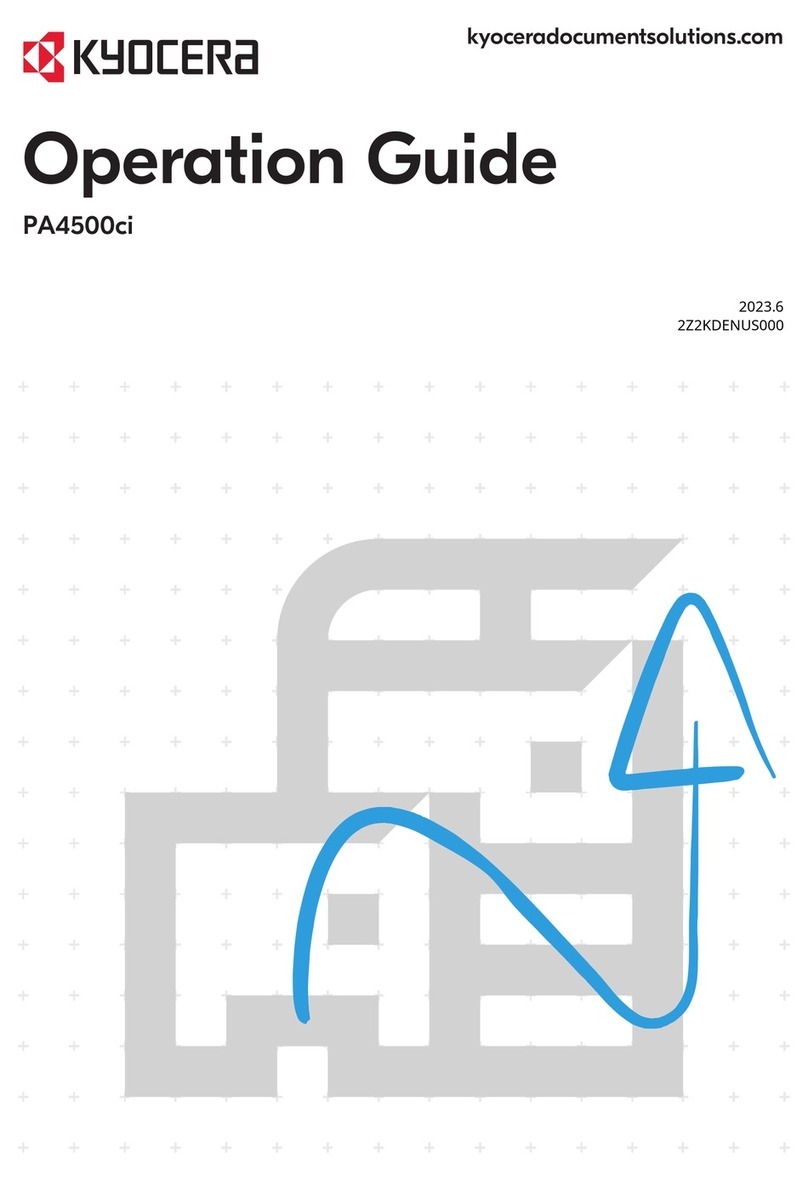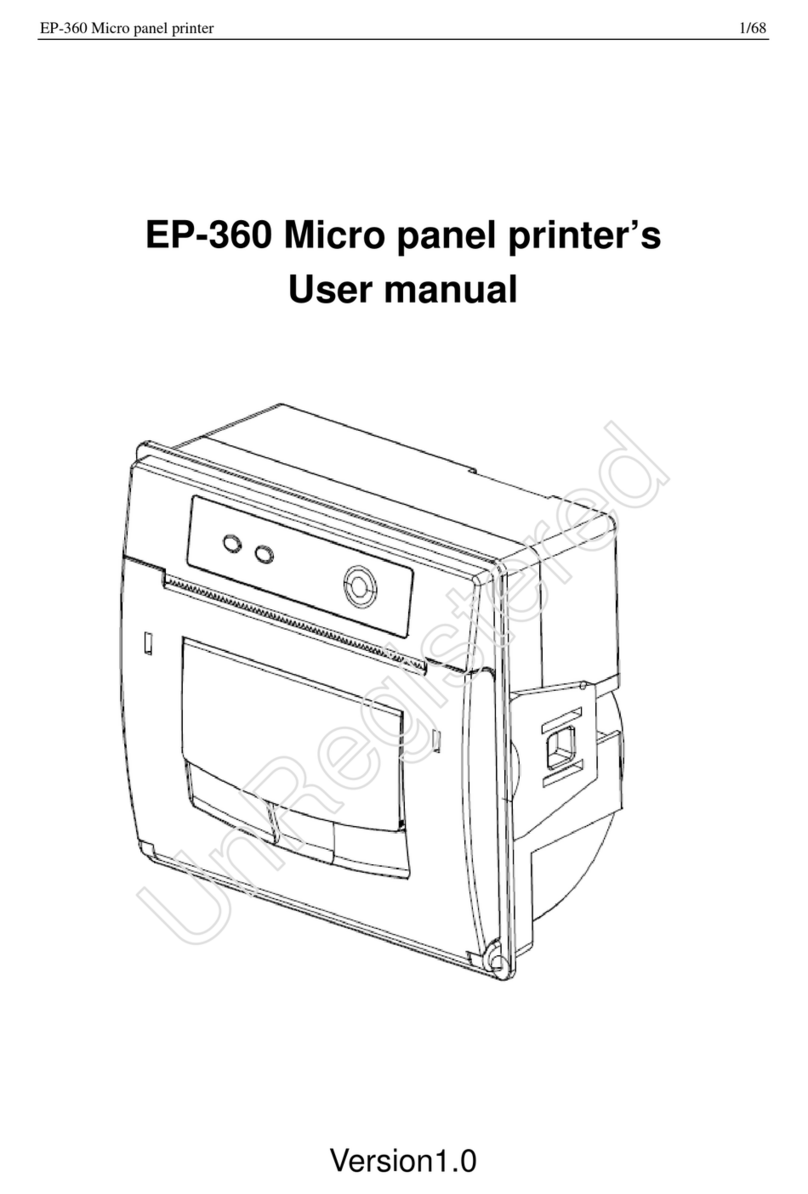
For the customers in Europe
Note: This symbol mark is for EU countries only.
This symbol mark is according to the directive 2002/96/EC Article 10 Information for users and Annex IV, and/or
to the directive 2006/66/EC Article 20 Information for end-users and Annex II.
This product is designed and manufactured with high quality materials and components which can be
recycled and/or reused.
This symbol means that electrical and electronic equipment, batteries and accumulators, at their end-of-life,
should be disposed of separately from your household waste.
If a chemical symbol is printed beneath the symbol shown above, this chemical symbol means that the
battery or accumulator contains a heavy metal at a certain concentration. This will be indicated as follows:
Hg: mercury (0,0005%), Cd: cadmium (0,002%), Pb: lead (0,004%)
In the European Union there are separate collection systems for used electrical and electronic products,
batteries and accumulators.
Please, dispose of this equipment, batteries and accumulators correctly at your local community waste
collection/recycling centre.
Please, help us to conserve the environment we live in!
Ihr MITSUBISHI ELECTRIC-Produkt wurde unter Einsatz von qualitativ hochwertigen Materialien und
Komponenten konstruiert und gefertigt, die für Recycling und/oder Wiederverwendung geeignet sind.
Dieses Symbol bedeutet, dass elektrische und elektronische Geräte sowie Batterien und Akkus am Ende
ihrer Nutzungsdauer von Hausmüll getrennt zu entsorgen sind.
Wenn ein chemisches Symbol unterhalb des oben abgebildeten Symbols erscheint, bedeutet dies, dass
die Batterie bzw. der Akku ein Schwermetall in einer bestimmten Konzentration enthält. Dies wird wie folgt
angegeben:
Hg: Quecksil
ber (0,0005 %), Cd: Cadmium (0,002 %), Pb: Blei (0,004 %)
In der Europäischen Union gibt es unterschiedliche Sammelsysteme für gebrauchte Elektrik- und
Elektronikgeräte einerseits sowie Batterien und Akkus andererseits.
Bitte entsorgen Sie dieses Gerät, Batterien und Akkus vorschriftsmäßig bei Ihrer kommunalen Sammelstelle
oder im örtlichen Recycling-Zentrum.
Bitte helfen Sie uns, die Umwelt zu erhalten, in der wir leben!
Votre produit Mitsubishi Electric est conçu et fabriqué avec des matériels et des composants de qualité
supérieure qui peuvent être recyclés et/ou réutilisés.
Ce symbole signie que les équipements électriques et électroniques, les batteries et les accumulateurs, à la
n de leur durée de service, doivent être éliminés séparément des ordures ménagères.
Si un symbole chimique est imprimé sous le symbole illustré ci-dessus, il signie que la batterie ou l’accumulateur
contient une certaine concentration de métal lourd. Elle sera indiquée comme suit :
Hg : mercure (0,0005%), Cd : cadmium (0,002%), Pb : plomb (0,004%)
Dans l’Union Européenne, il existe des systèmes sélectifs de collecte pour les produits électriques et
électroniques, les batteries et les accumulateurs usagés.
Nous vous prions donc de coner cet équipement, ces batteries et ces accumulateurs à votre centre local de
collecte/recyclage.
Aidez-nous à conserver l’environnement dans lequel nous vivons !
Les machines ou appareils électriques et électroniques contiennent souvent des matières qui, si elles sont
traitées ou éliminées de manière inappropriée, peuvent s’avérer potentiellement dangereuses pour la santé
humaine et pour l’environnement.
Cependant, ces matières sont nécessaires au bon fonctionnement de votre appareil ou de votre machine.
Pour cette raison, il vous est demandé de ne pas vous débarrasser de votre appareil ou machine usagé avec
vos ordures ménagères.
Su producto MITSUBISHI ELECTRIC está diseñado y fabricado con materiales y componentes de alta
calidad que pueden ser reciclados y/o reutilizados.
Este símbolo signica que el aparato eléctrico y electrónico, las pilas, baterías y los acumuladores, al nal de
su ciclo de vida, se deben tirar separadamente del resto de sus residuos domésticos.
Si hay un símbolo químico impreso debajo del símbolo mostrado arriba, este símbolo químico signica que
la pila, batería o el acumulador contienen un metal pesado con cierta concentración. Esto se indicará de la
forma siguiente:
Hg: mercurio (0,0005%), Cd: cadmio (0,002%), Pb: plomo (0,004%)
En la Unión Europea existen sistemas de recogida especícos para productos eléctricos y electrónicos, pilas,
baterías y acumuladores usados.
Por favor, deposite los aparatos mencionados, las pilas, baterías y acumuladores en el centro de recogida/
reciclado de residuos de su lugar de residencia local cuando quiera tirarlos.
¡ Ayúdenos a conservar el medio ambiente!
